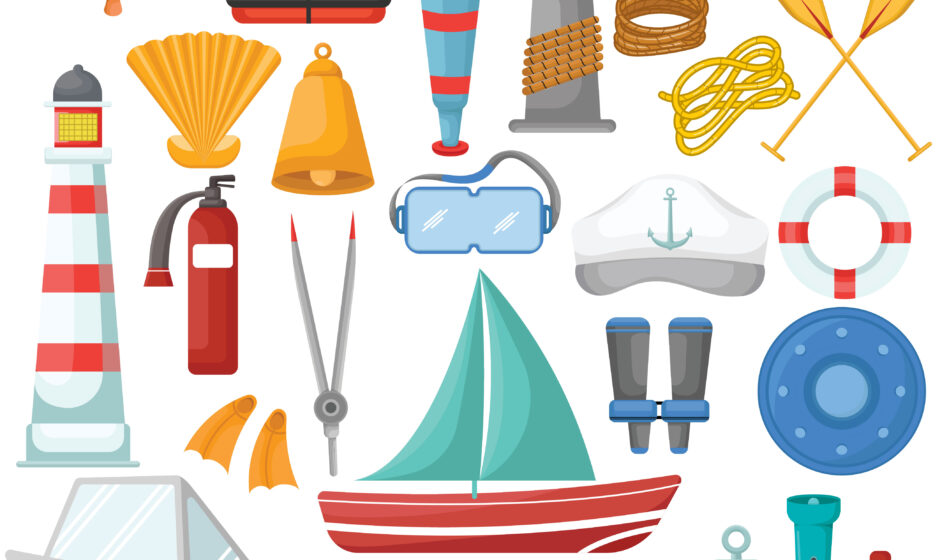Ships have been sailing the world’s oceans for centuries, from ancient wooden vessels to today’s massive cargo ships and cruise liners. While they vary in size, purpose, and technology, every ship is made up of essential components that work together to keep it afloat, steer it through the water, and carry out its mission.
Whether you’re a student, maritime enthusiast, or just curious about how ships work, this guide breaks down the main parts of a ship and what each one does.
Hull – The Body of the Ship
The hull is the main body of the ship and provides the buoyancy that keeps it afloat. It’s designed to withstand water pressure and weather, and it’s the part that sits in the water. Hulls come in different shapes depending on the ship’s purpose—flat-bottomed for stability, V-shaped for speed, and so on.Keel: The Backbone of the Ship
Located at the bottom of the hull, the keel is the ship’s backbone. It runs longitudinally from the bow (front) to the stern (back), giving structural support and helping the vessel track straight in the water.
-
In sailing ships, a deep keel also helps with balance and prevents the ship from drifting sideways.
Bulkheads and Decks: Strength and Structure
Ships are divided internally by bulkheads—vertical walls that add strength and create watertight compartments. This design limits flooding if the hull is breached.
-
Decks, meanwhile, are the horizontal levels of the ship. Most vessels have multiple decks for different purposes (cargo, machinery, crew, passengers).
Deck – The Surface You Walk On
The deck is like the “floor” of the ship and can have multiple levels. The main deck is typically the uppermost complete deck running the full length of the ship. Ships often have multiple decks, such as:- Upper Deck
- Main Deck
- Promenade Deck (on passenger ships)
- Lower Decks (often for storage or machinery)


